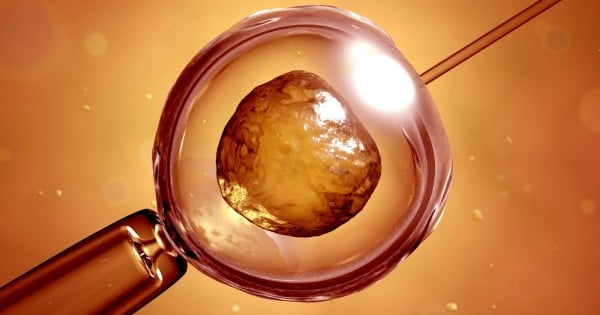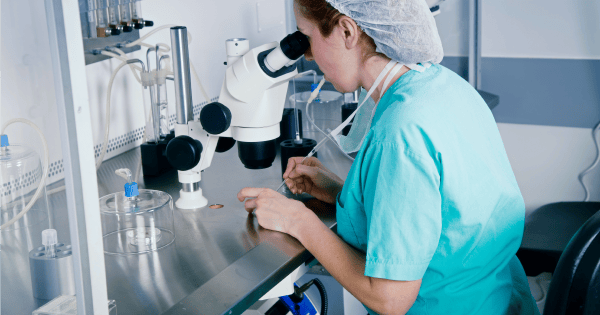
For many couples all over the world who want babies but have difficulty conceiving, the high cost of IVF makes it an impractical solution.
In Australia, the cost of one cycle of IVF is approximately $10,000 upfront. Medicare or other private health insurers might reimburse a substantial portion of that cost, but even then, couples are looking at thousands of dollars per cycle of IVF.

'Looking at the range of services involved, it's not hard to see why so many couples struggle to cover the cost.' Image via iStock.
According to IVF Australia, the cost of IVF is so high because of the extent of services required, and the significant expertise of the medical, nursing, scientific and pathology staff. Looking at the range of services involved, it's not hard to see why so many couples struggle to cover the cost.



Top Comments
Considering IVF is very financially lucrative for those who own the clinics, I would be very surprised if they charged only $500 for this procedure in Australia.